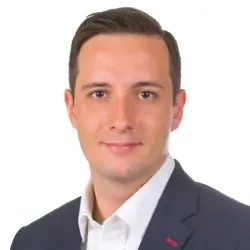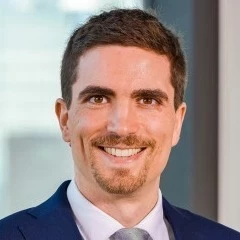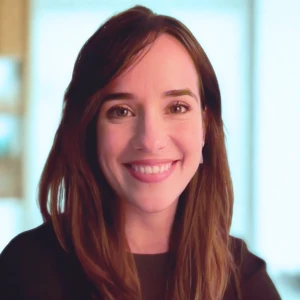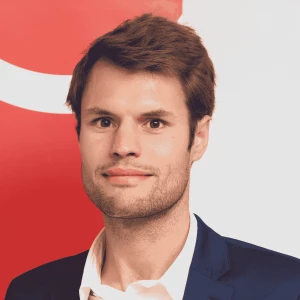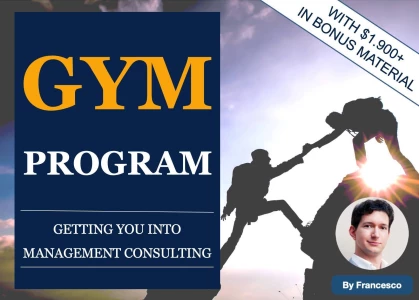Hi forum, I would like to seek your input on this topci. For all the cases in case books, typically there is a clearly defined objective to achieve, such as increasing profit by X%, reducing cost by X%, etc.
But in an interview, the problem statement could be less structured, Which is quite practical as a lot of the time clients themselves don't really know what is the right question to solve.
Recently in an interview, I was asked whether the client should continue a JV / partnership with another company. The client expects the JV to support them to 1) grow their customer base 2) build digital capability 3) boost innovation.
I'm not sure how to structure such a case with multiple goals to achieve, and how to drill deep enough into the issue. If the goal is just one, such as “growing customer base”, it will be easier to build an “objective-driven” issue tree that directly links to this “success criteria”.
Any thoughts/suggestions on how to deal with such cases? Thank you!




